The return of the dire wolf after 10,000 years of extinction
A US bioscience firm claims to have genetically engineered new dire wolves using DNA from fossilised remains
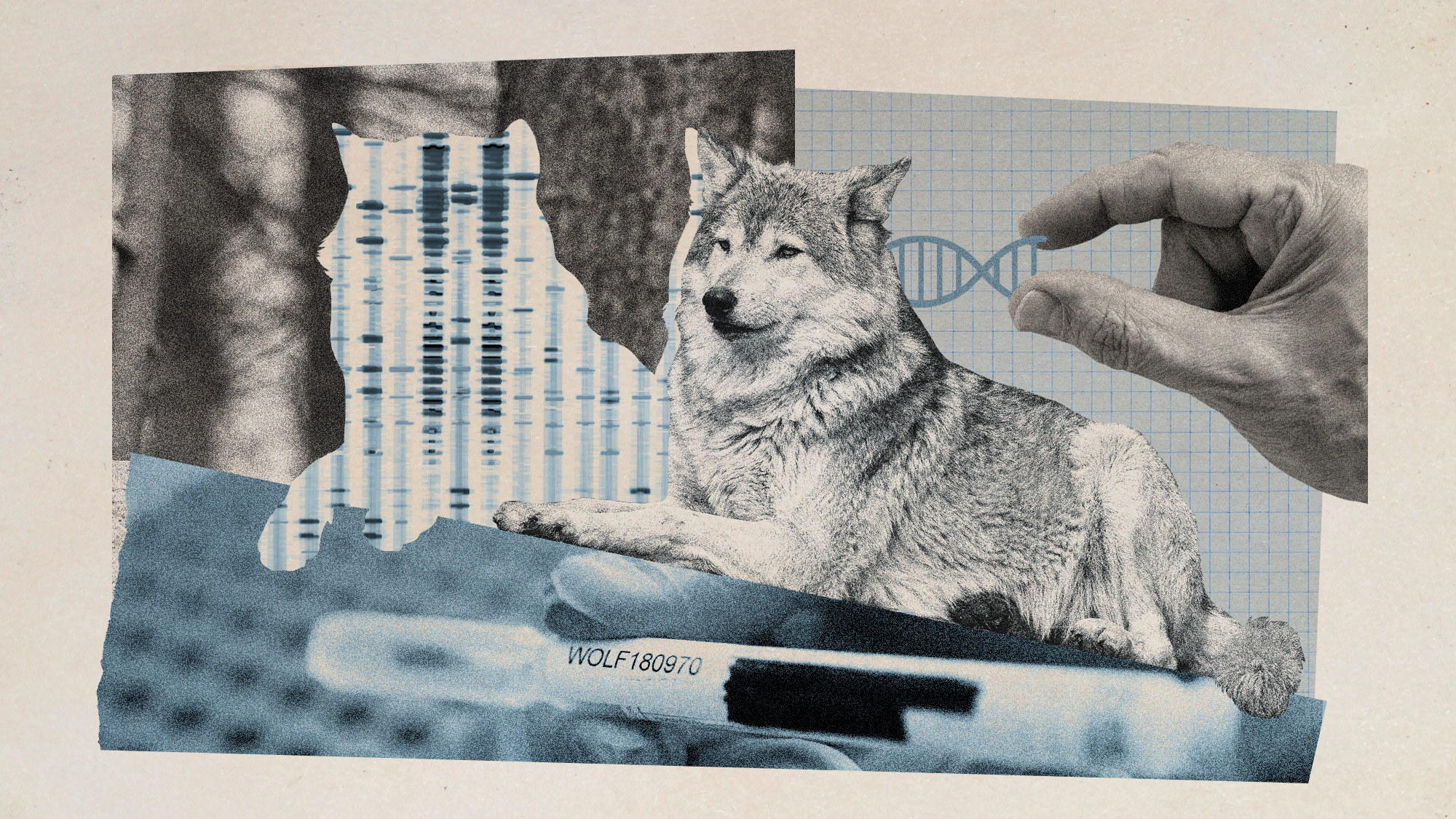
A "de-extinction" company says it has revived the long-eradicated dire wolf species using a new gene-editing technology.
The US start-up, Colossal Biosciences, said it had used "end-to-end de-extinction technology" to take DNA from a "13,000-year-old tooth and a 72,000-year-old skull" to create three "healthy dire wolf puppies".
While the company says it has "successfully restored a once-eradicated species", other scientists claim that the animals "are not truly dire wolves", given that much of their DNA is taken from grey wolves, and also that the "process raises ethical questions", said The Washington Post.
The Week
Escape your echo chamber. Get the facts behind the news, plus analysis from multiple perspectives.

Sign up for The Week's Free Newsletters
From our morning news briefing to a weekly Good News Newsletter, get the best of The Week delivered directly to your inbox.
From our morning news briefing to a weekly Good News Newsletter, get the best of The Week delivered directly to your inbox.
What exactly is a dire wolf?
The dire wolf is a canine species that has been extinct for around 10,000 years, having lived up to 250,000 years ago. Living in the Americas, they are thought to have "died out as their prey did", said Scientific American.
They were "first described in the 1850s" after the discovery of their fossils, and are defined by their enormous size in comparison to modern wolves, growing "up to six feet in length" with white coats.
Recent studies have suggested dire wolves "share 99.5% of their DNA with grey wolves," despite previous findings describing the species as an "example of convergent evolution", in that they "separately evolve similar adaptations because they lead a similar lifestyle".
A 2021 study of ancient DNA samples suggested the two species "last shared a common ancestor around six million years ago" and that grey wolves are more closely related to "jackals, African wild dogs and dholes" than their ancient lookalike, said New Scientist.
A free daily email with the biggest news stories of the day – and the best features from TheWeek.com
How were the new wolves created?
Colossal extracted DNA from dire wolf fossils to create genomes, and then used them as a basis to modify the genes of grey wolves. The company says it used "20 precision edits" in the modifications, "15 of which were extinct gene variants not seen since the days of woolly mammoths over 12,000 years ago", to make them as close to dire wolves as possible, said New Atlas. Scientists were then able to create embryos that were carried by large domestic dogs.
The surrogate mothers gave birth to two male puppies, Remus and Romulus, in October and a female named Khaleesi (after the character in "Game of Thrones", a series which popularised dire wolves) two months later.
The main changes made to the genes were "intended to alter the animals' size, musculature and ear shape", but it will be "a year or so" before the animals have grown enough to clarify if the changes have worked, said New Scientist.
Are these really dire wolves?
While the chief science officer at Colossal, Beth Shapiro, said the company considered that "if they look like this animal, then they are the animal", other scientists are more sceptical of the claims of the revival of a long-extinct species.
Though Colossal's "technological feats are impressive", in reality, the company is "genetically engineering animals to look like extinct creatures", Nic Rawlence, an associate professor at University of Otago in New Zealand, told The Washington Post. He added that "we can't de-extinct extinct creatures" because "DNA is just not well enough preserved" to use cloning.
Other scientists "echoed" that sentiment, said TechCrunch, including Alexander Young, a professor of statistical genetics at UCLA, who said it was "massively overhyped" and though it was a "cool achievement", it is "not a dire wolf – it's a grey wolf modified to be more like a dire wolf".
What are the concerns?
Colossal is also planning the resurrection of the woolly mammoth and the dodo, among others. There are concerns that the re-creation of "the characteristics of extinct animals" gives "no incentive to conserve species and raises questions about where and how the animals will live", said Rawlence in The Washington Post.
As well as logistical questions, such as how scientists would "ensure a genetically diverse population", there were ethical questions over the mutated animals, including "who owns them", and whether "extinction companies trademark these creatures".
Colossal said it is already using the science to help preserve dwindling modern species, including the red wolf, of which it has already produced four puppies via surrogate mothers in the hope of eventually helping to boost the wild population.
There are no such plans with the dire wolves, which will be cared for by people on an 800-hectare reserve with no plans to let them breed.
Richard Windsor is a freelance writer for The Week Digital. He began his journalism career writing about politics and sport while studying at the University of Southampton. He then worked across various football publications before specialising in cycling for almost nine years, covering major races including the Tour de France and interviewing some of the sport’s top riders. He led Cycling Weekly’s digital platforms as editor for seven of those years, helping to transform the publication into the UK’s largest cycling website. He now works as a freelance writer, editor and consultant.
-
 Trump vs. BBC: what’s at stake?
Trump vs. BBC: what’s at stake?The Explainer The US president has filed a $10 billion lawsuit over the editing of Panorama documentary, with the broadcaster vowing to defend itself
-
 Animal Farm: has Andy Serkis made a pig’s ear of Orwell?
Animal Farm: has Andy Serkis made a pig’s ear of Orwell?Talking Point Animated adaptation of classic dystopian novella is light on political allegory and heavy on lowbrow gags
-
 What new cryptocurrency regulations mean for investors
What new cryptocurrency regulations mean for investorsThe Explainer The Treasury and the Financial Conduct Authority aim to make the UK a more attractive and safer place for crypto assets
-
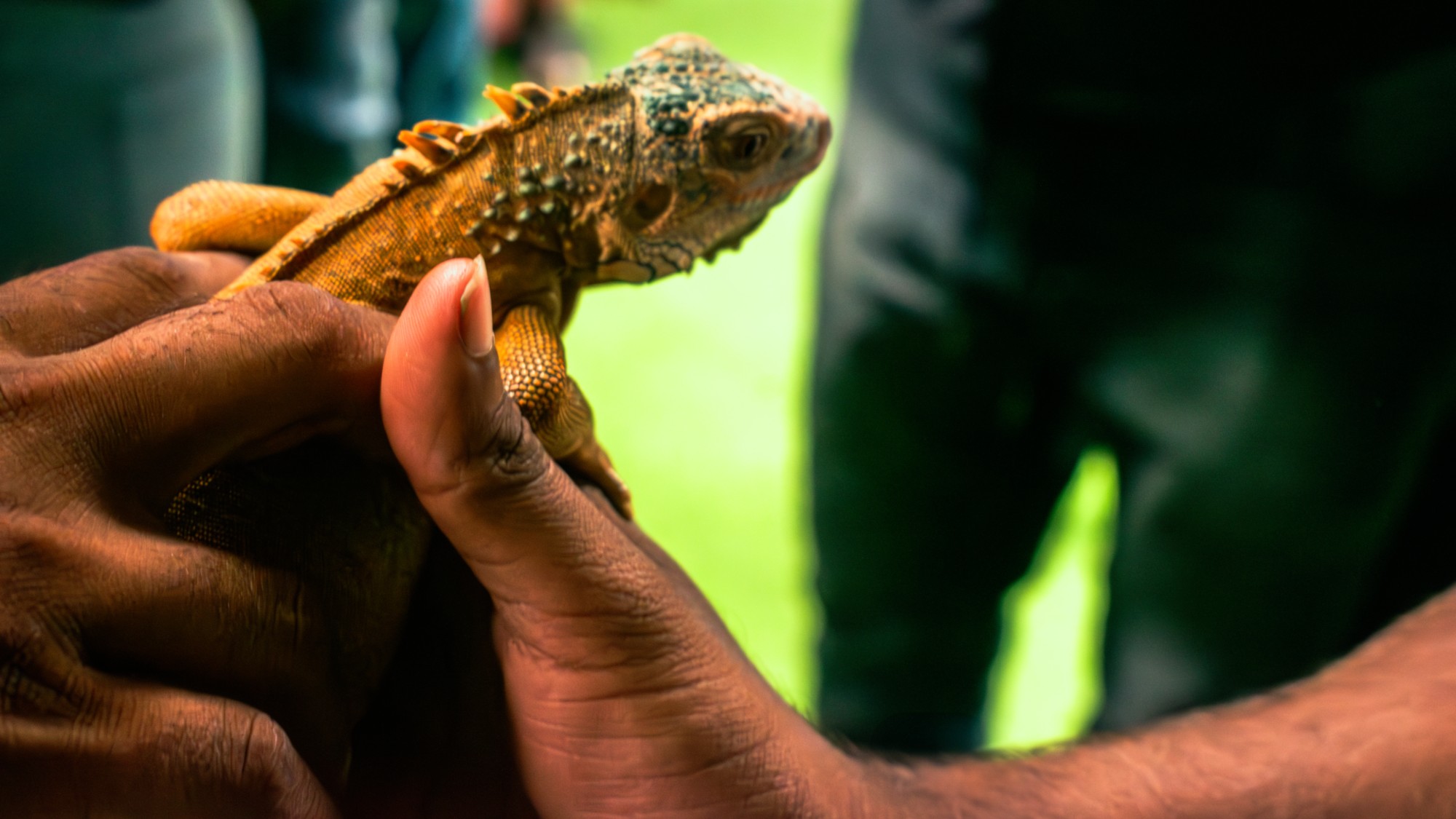 Parthenogenesis: the miracle of 'virgin births' in the animal kingdom
Parthenogenesis: the miracle of 'virgin births' in the animal kingdomThe Explainer Asexual reproduction, in which females reproduce without males by cloning themselves, has been documented in multiple species
-
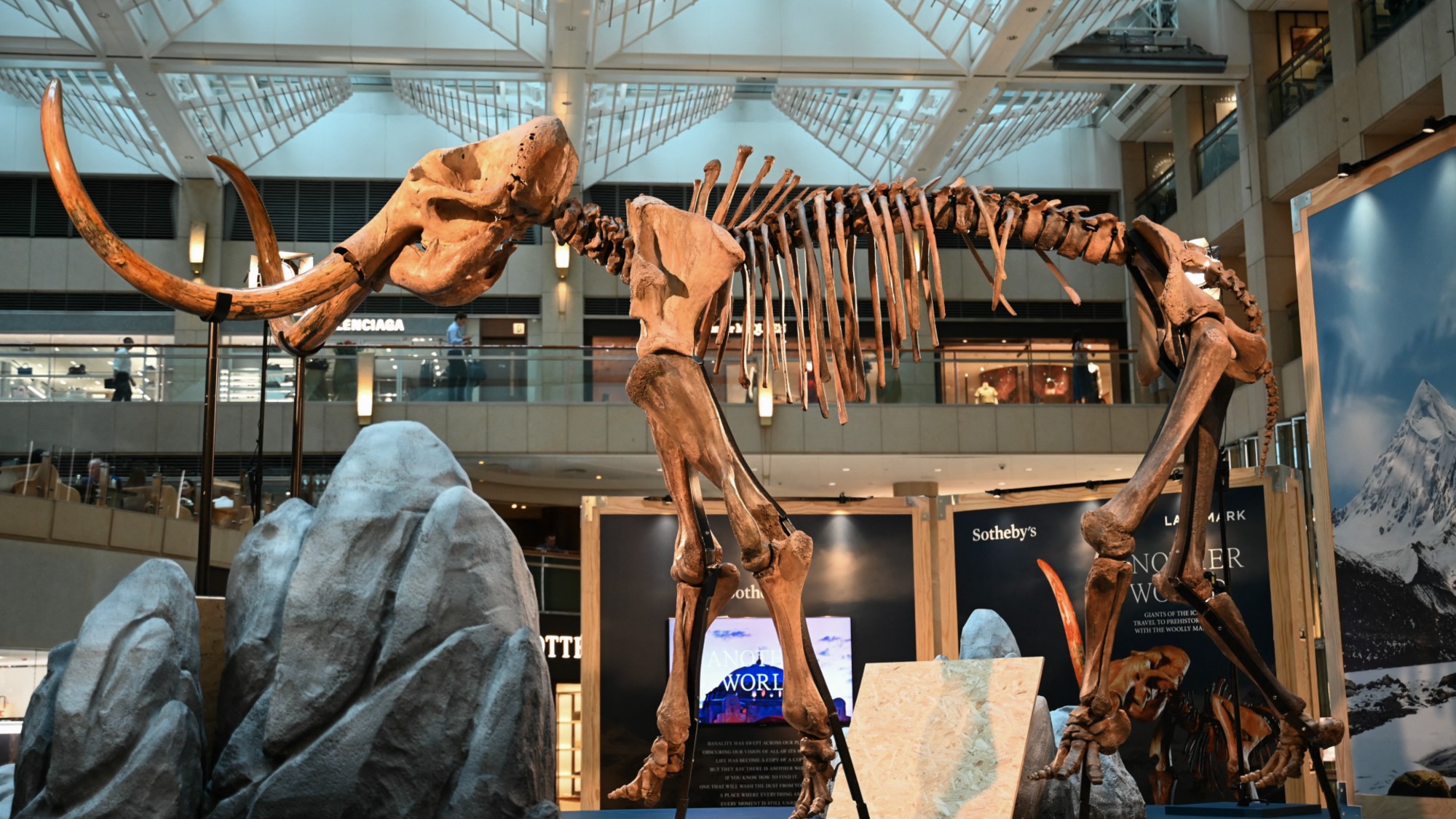 The dubious nature of de-extinction
The dubious nature of de-extinctionThe Explainer Is it a vanity project backed by billions, or the future of animal conservation?
-
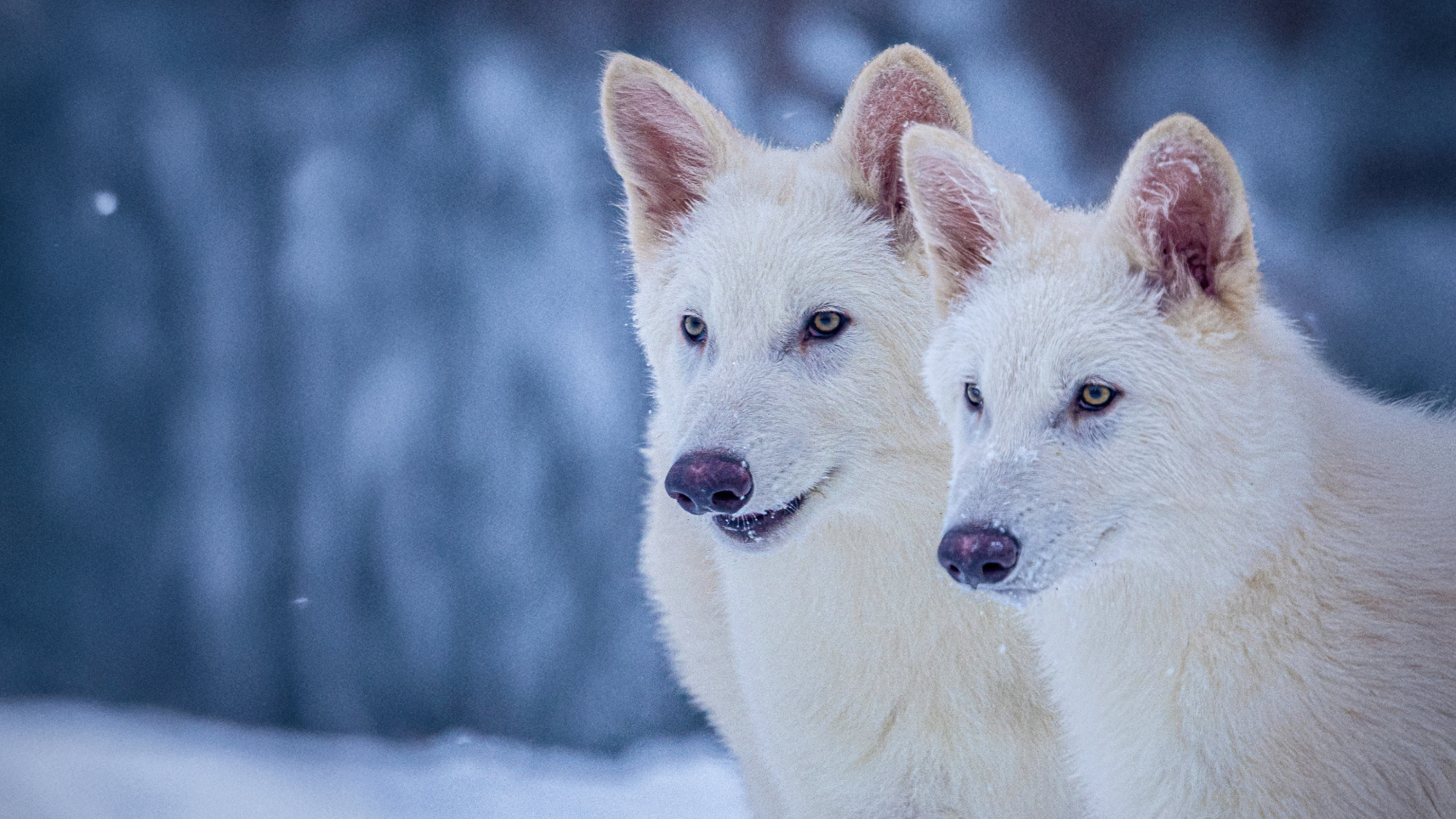 Scientists genetically revive extinct 'dire wolves'
Scientists genetically revive extinct 'dire wolves'Speed Read A 'de-extinction' company has revived the species made popular by HBO's 'Game of Thrones'
-
 Scientists finally know when humans and Neanderthals mixed DNA
Scientists finally know when humans and Neanderthals mixed DNAUnder the radar The two began interbreeding about 47,000 years ago, according to researchers
-
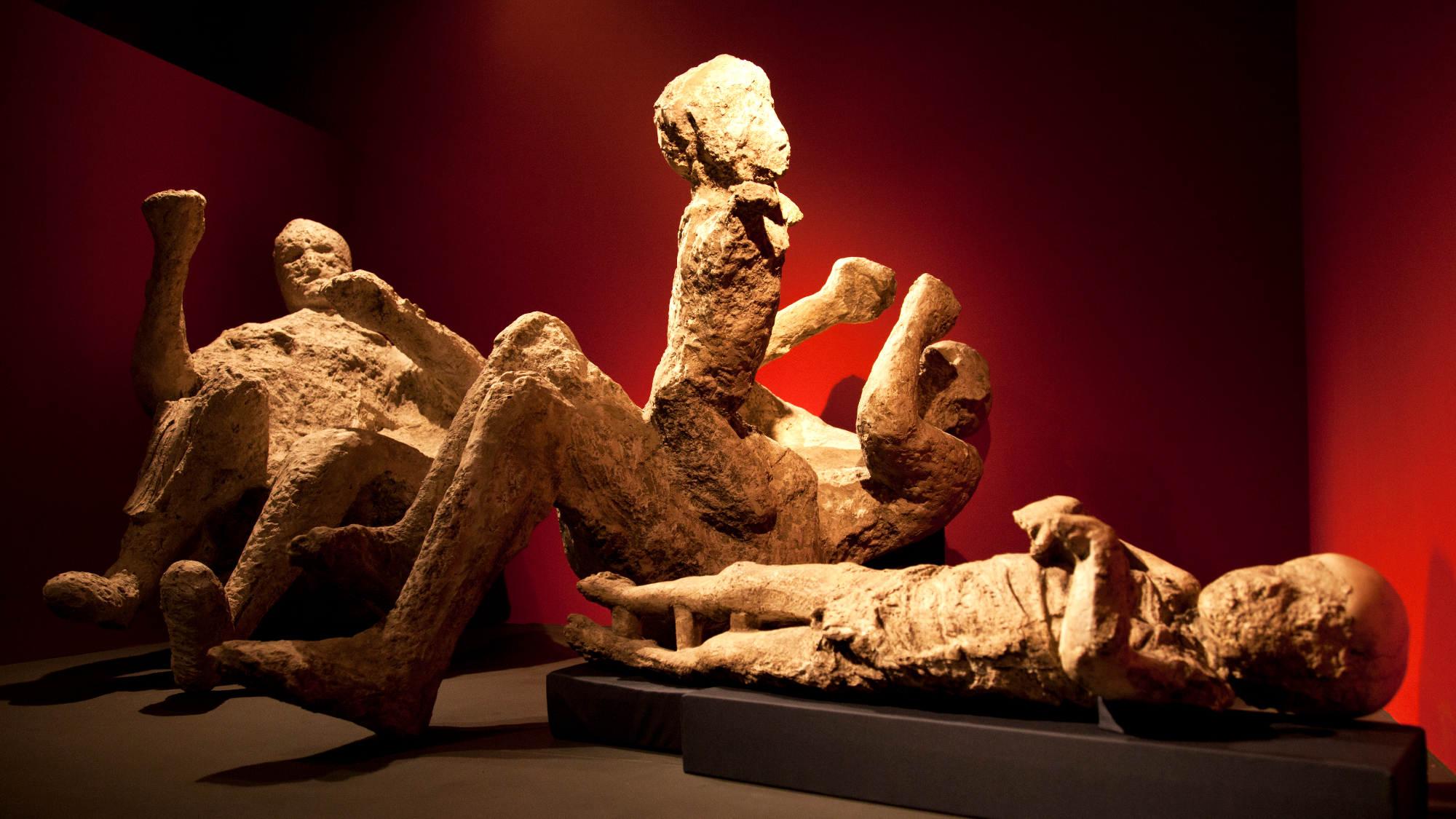 New DNA tests of Pompeii dead upend popular stories
New DNA tests of Pompeii dead upend popular storiesSpeed Read An analysis of skeletal remains reveals that some Mount Vesuvius victims have been wrongly identified
-
 A Viking Age skeleton discovery could shed light on ancient DNA
A Viking Age skeleton discovery could shed light on ancient DNAIn the Spotlight The 50 skeletons were 'exceptionally well-preserved'
-
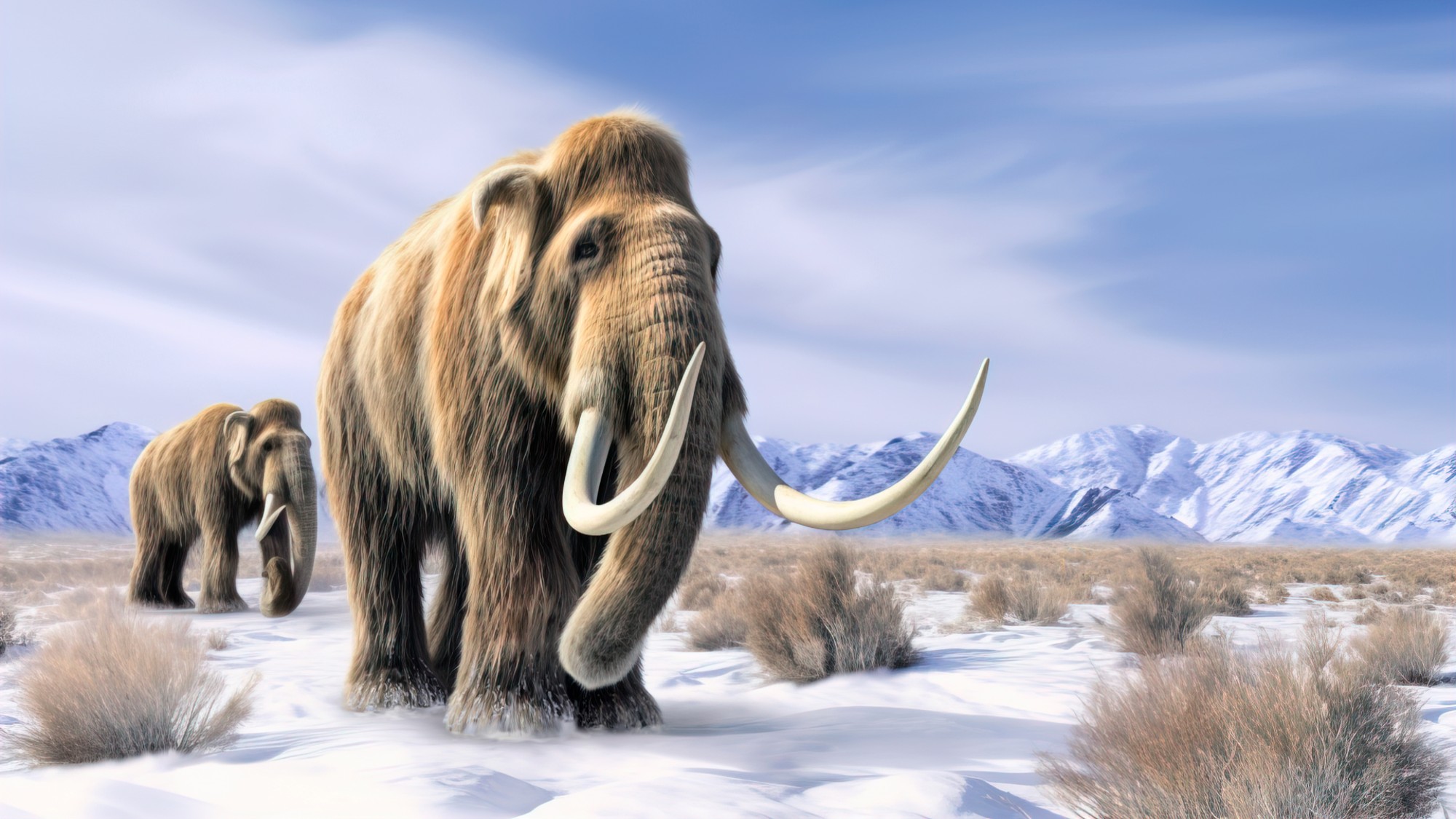 Scientists just made a big breakthrough with woolly mammoth DNA
Scientists just made a big breakthrough with woolly mammoth DNAThe Explainer For the first time, researchers have reconstructed fossilized chromosomes
-
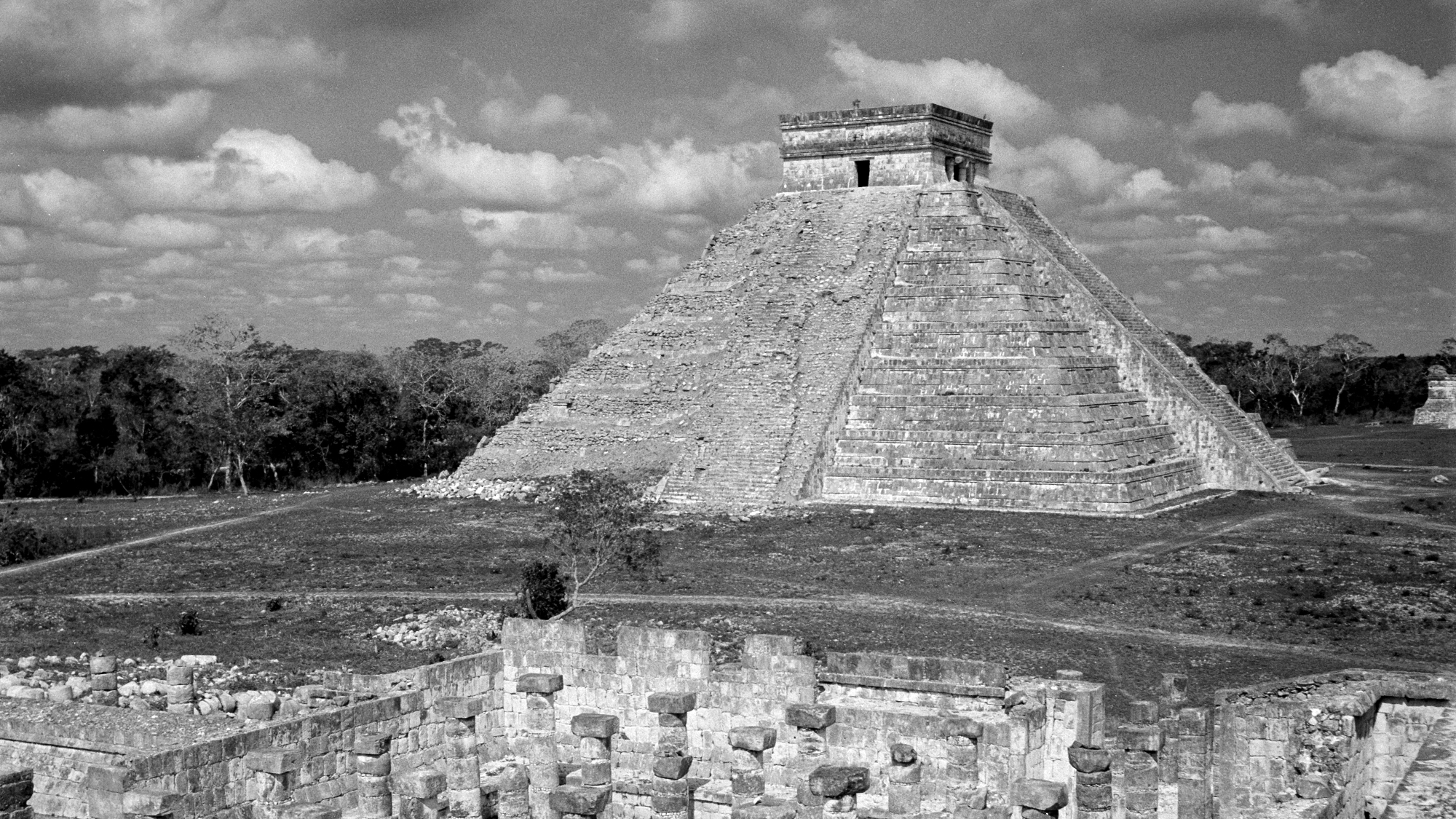 DNA suggests Mayans sacrificed boy siblings
DNA suggests Mayans sacrificed boy siblingsSpeed Read These findings "flew in the face of the argument that it was mostly young virgin women" being sacrificed